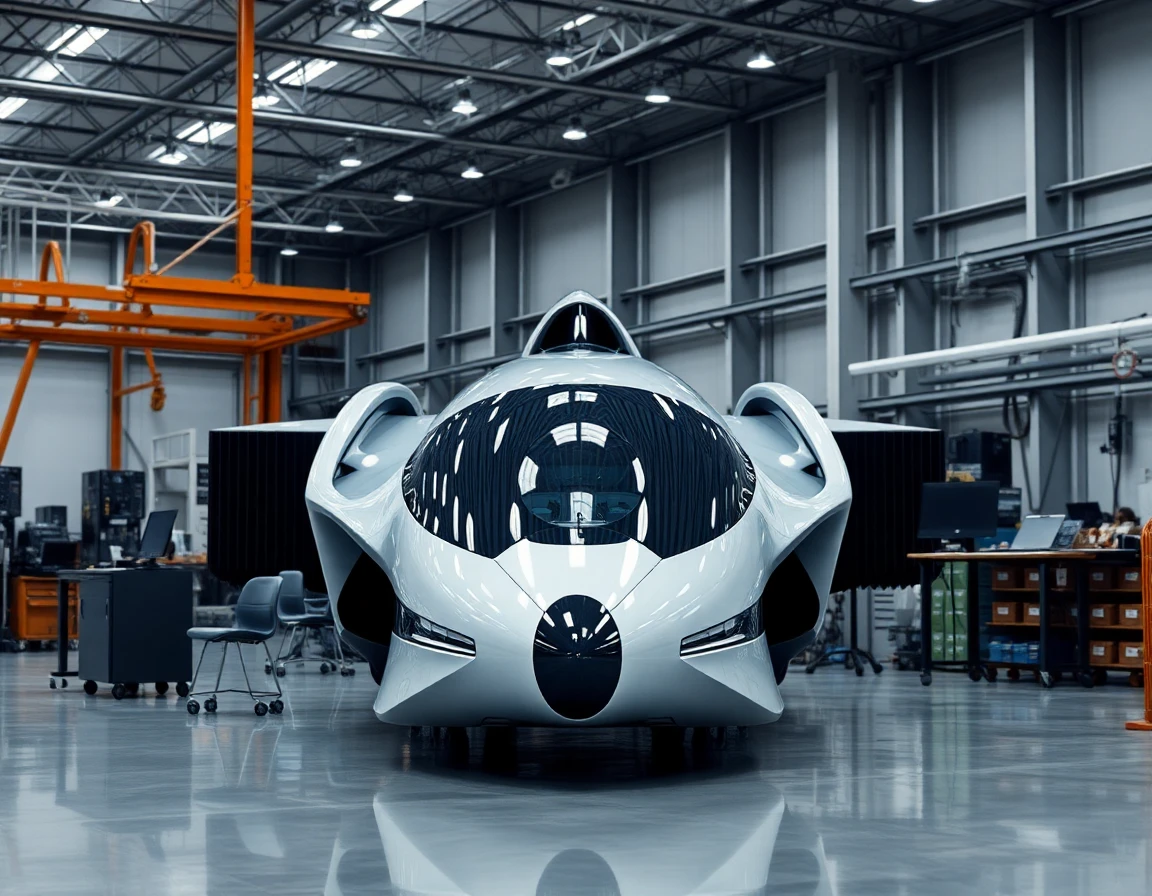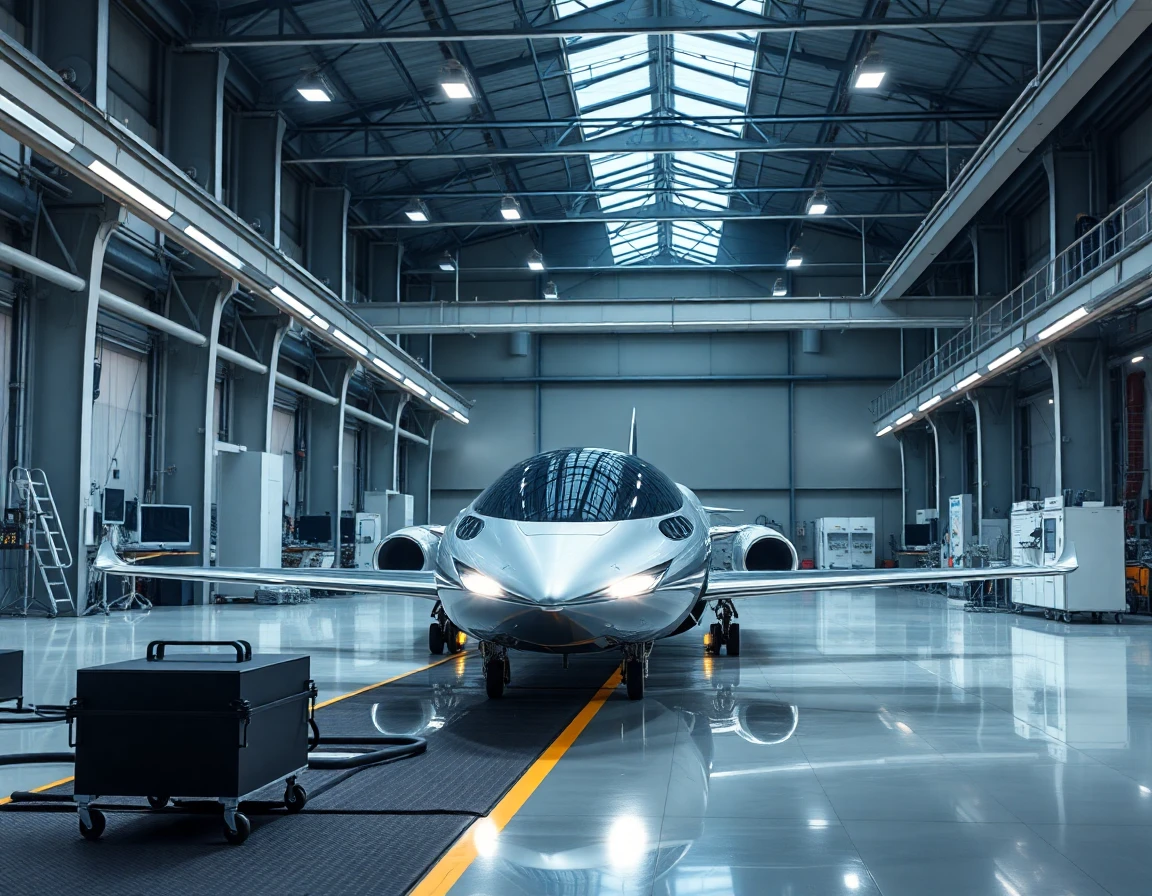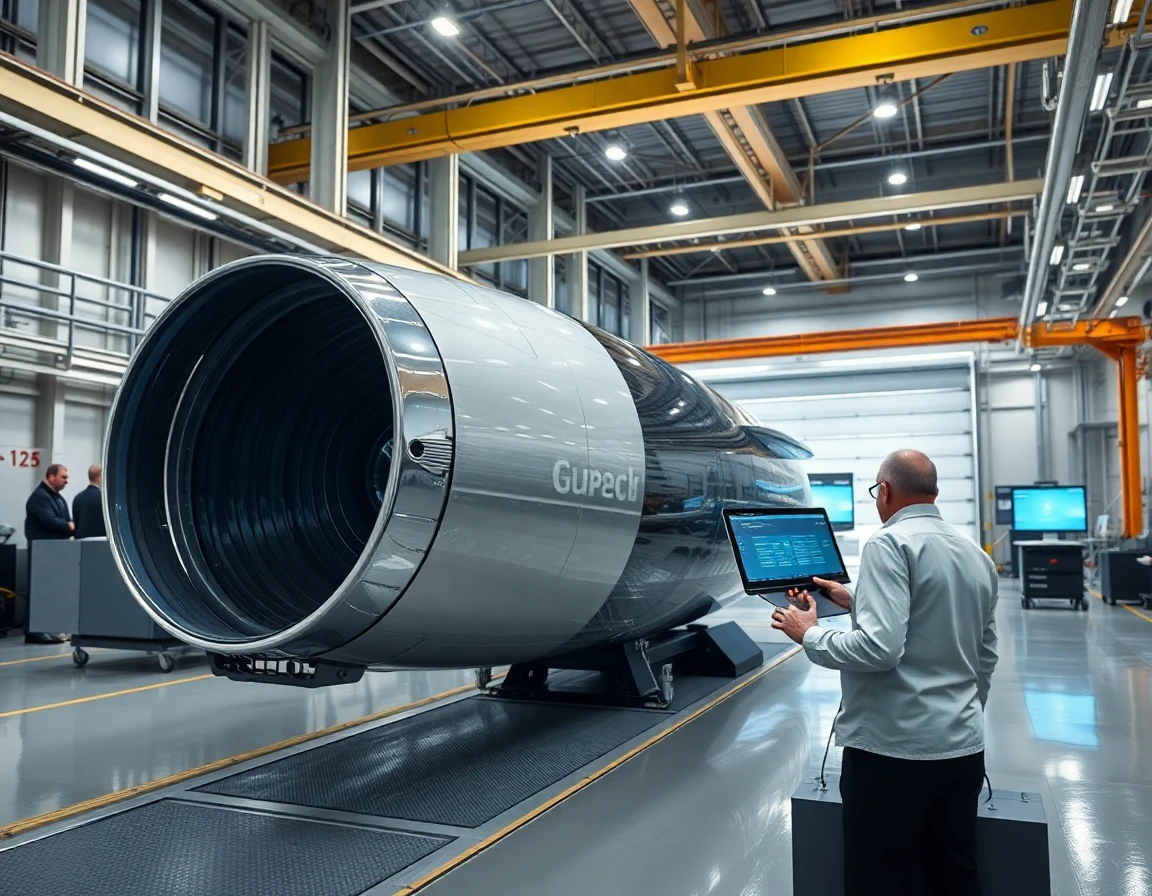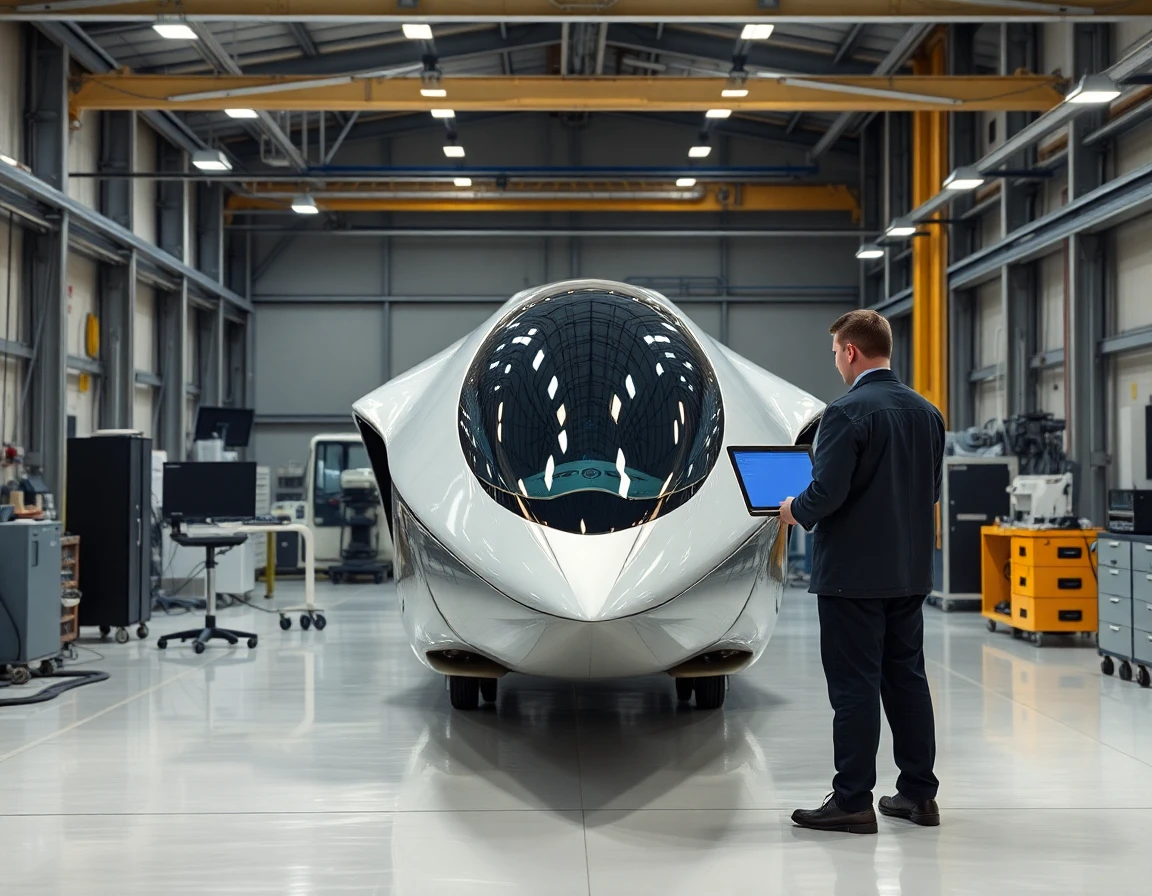Hypersonic technology has emerged as a game-changer in the aerospace and defense sectors, attracting significant attention from military strategists and defense contractors alike. With the ability to travel at speeds exceeding Mach 5, hypersonic vehicles represent a new frontier in warfare capabilities, providing unparalleled speed, maneuverability, and precision.
Understanding Hypersonic Technology
Hypersonic technology encompasses the design and development of vehicles that can fly at speeds greater than five times the speed of sound. These vehicles can be either powered by scramjet engines or operate as glide vehicles launched from conventional rockets. The integration of hypersonic technology into defense systems promises to enhance the effectiveness of military operations by enabling rapid response to threats and evasion of enemy defenses.
Key Technical Components
To achieve and maintain hypersonic speeds, various advanced technologies are utilized. Among these are precision accelerometers and inertial navigation systems, which are crucial for accurate flight control and navigation. For instance, the use of advanced sensor modules that integrate multiple sensing technologies ensures that hypersonic vehicles maintain stability and performance during flight.
Recent Developments in Hypersonic Systems
Countries such as the United States, Russia, and China are investing heavily in hypersonic research. Recent tests have demonstrated significant progress, with successful launches of hypersonic glide vehicles and missiles. The U.S. Department of Defense, for instance, has initiated several programs aimed at developing hypersonic capabilities, including the Hypersonic and High-Altitude Defense Program (HHADP).
Operational Advantages of Hypersonic Technology
The primary advantage of hypersonic technology lies in its speed and unpredictability. Unlike traditional ballistic missiles, which follow predictable trajectories, hypersonic vehicles can maneuver in-flight, making them difficult to detect and intercept. This attribute is particularly beneficial in a conflict scenario where rapid strikes against time-sensitive targets are essential.
In a recent statement, Dr. Emily Tran, a defense technology analyst, noted, “Hypersonic technology not only enhances the speed of engagement but also poses a strategic challenge to existing missile defense systems. As these technologies evolve, nations must rethink their defense architectures to counter hypersonic threats effectively.”
Integration with Existing Defense Systems
As hypersonic technology continues to advance, its integration with current defense systems is paramount. Advanced radar systems are being adapted to detect and track hypersonic threats, which travel at speeds that challenge conventional radar capabilities. The combination of hypersonic vehicles with state-of-the-art radar systems enables a more comprehensive approach to national defense.
Future Implications and Developments
Looking ahead, the implications of hypersonic technology extend beyond military applications. The technology has potential uses in civilian sectors, such as aerospace travel, where reduced flight times could revolutionize commercial aviation. However, with these advancements come ethical and strategic challenges regarding arms control and international stability.
Conclusion
The ongoing developments in hypersonic technology signify a transformative shift in military capabilities. As nations race to harness this technology, it will be essential for defense strategies to evolve accordingly. The integration of hypersonic systems with advanced inertial navigation systems and radar capabilities will play a crucial role in shaping the future of warfare. The next decade promises to be pivotal as hypersonic technology matures and its implications become more apparent across the globe.



